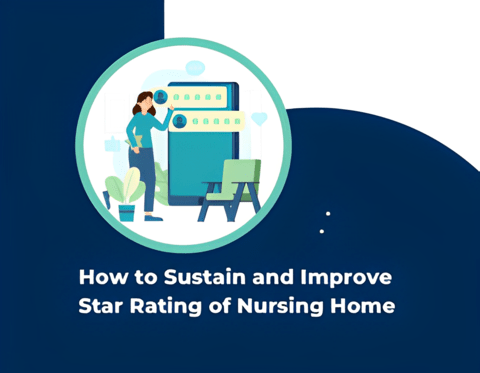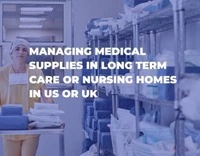The star rating of a nursing home is a measure of its overall quality and performance, typically determined by government agencies or independent organizations. Sustaining and improving the star rating of a nursing home refers to the ongoing efforts and strategies implemented to maintain a high rating or improve a lower rating.
Key Aspects for Sustaining Nursing Home Star Ratings
1. Quality of Care
Providing high-quality care to residents is essential. This includes ensuring appropriate staffing levels, maintaining a well-trained and competent staff, adhering to evidence-based clinical practices, and promoting a culture of continuous improvement.
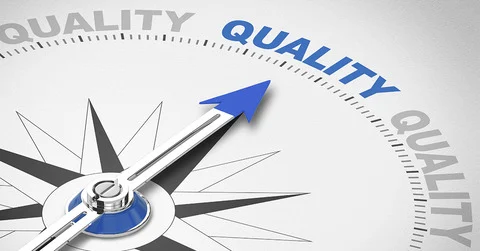
2. Resident Satisfaction
Prioritizing resident satisfaction by creating a positive and engaging environment. This involves respecting residents' preferences, involving them in care decisions, addressing their needs and concerns promptly, and promoting open communication with residents and their families.
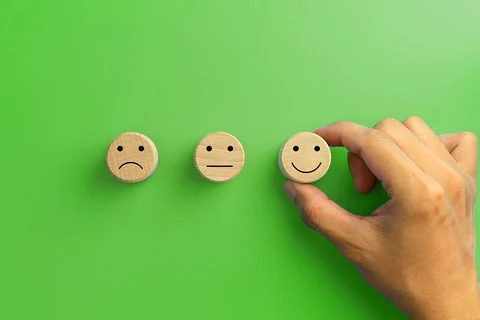
3. Regulatory Compliance
Adhering to regulatory requirements and guidelines set by government agencies. This includes maintaining compliance with health and safety standards, infection control protocols, medication management, and other regulations specific to nursing homes.
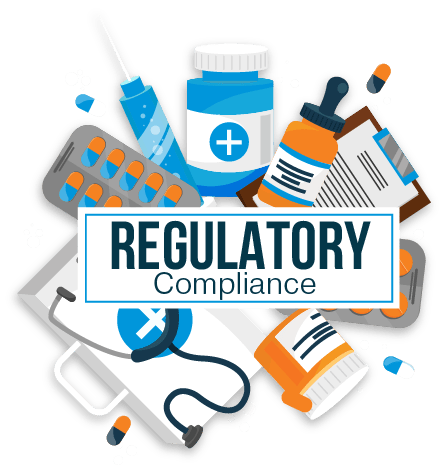
4. Staffing and Training
Ensuring sufficient staffing levels to meet residents' needs and providing ongoing training and development opportunities for staff. Well-trained and knowledgeable staff members contribute to better resident care and outcomes.

5. Safety and Risk Management
Implementing robust safety protocols, fall prevention measures, infection control practices, and proactive risk management strategies. This helps prevent accidents, injuries, and adverse events within the nursing home.
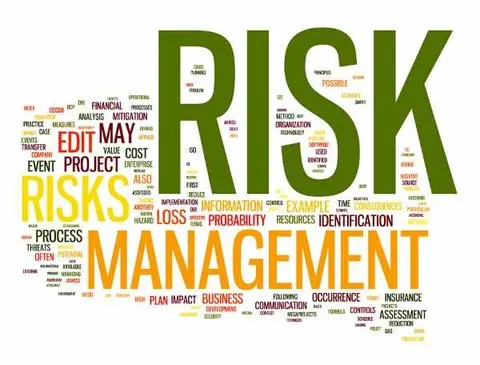
Software development Software development and automation can play a significant role in sustaining and improving the star rating of a nursing home. Here are some ways software development and automation can support these efforts
1. Electronic Health Records (EHR)
Implementing an advanced EHR system allows for efficient and accurate documentation of residents' medical records, care plans, and treatment outcomes. This helps ensure regulatory compliance, enhances care coordination, and improves overall quality of care.
2. Quality Monitoring and Reporting
Developing software solutions that automate the collection, analysis, and reporting of quality metrics can simplify the process of monitoring and evaluating key performance indicators. This enables nursing homes to identify areas for improvement, track progress, and make data-driven decisions to enhance their star rating.
3. Staff Scheduling and Management
Utilizing software tools for staff scheduling and management can optimize staffing levels, ensure appropriate staff-to-resident ratios, and reduce errors or gaps in coverage. This helps maintain quality care and compliance with staffing requirements.
4. Medication Management Systems
Implementing automated medication management systems reduces the risk of medication errors, enhances medication administration accuracy, and improves resident safety. These systems can include features such as barcode scanning, automated alerts, and integration with EHRs.
Conclusion:
Sustaining and improving the star rating of a nursing home requires a holistic approach that encompasses various aspects of care, compliance, and resident satisfaction. Software development and automation can greatly support these efforts by enhancing documentation, quality monitoring, staff management, and medication management. Implementing advanced Electronic Health Record (EHR) systems ensures accurate and efficient documentation, leading to improved regulatory compliance and care coordination. Automation in quality monitoring and reporting simplifies the evaluation of key performance indicators, allowing nursing homes to identify areas for improvement and make data-driven decisions. Software tools for staff scheduling and management optimize staffing levels and ensure compliance with staffing requirements, leading to better care delivery and resident satisfaction. Automated medication management systems minimize the risk of errors, enhance accuracy, and improve resident safety.
Read our other blogs here
